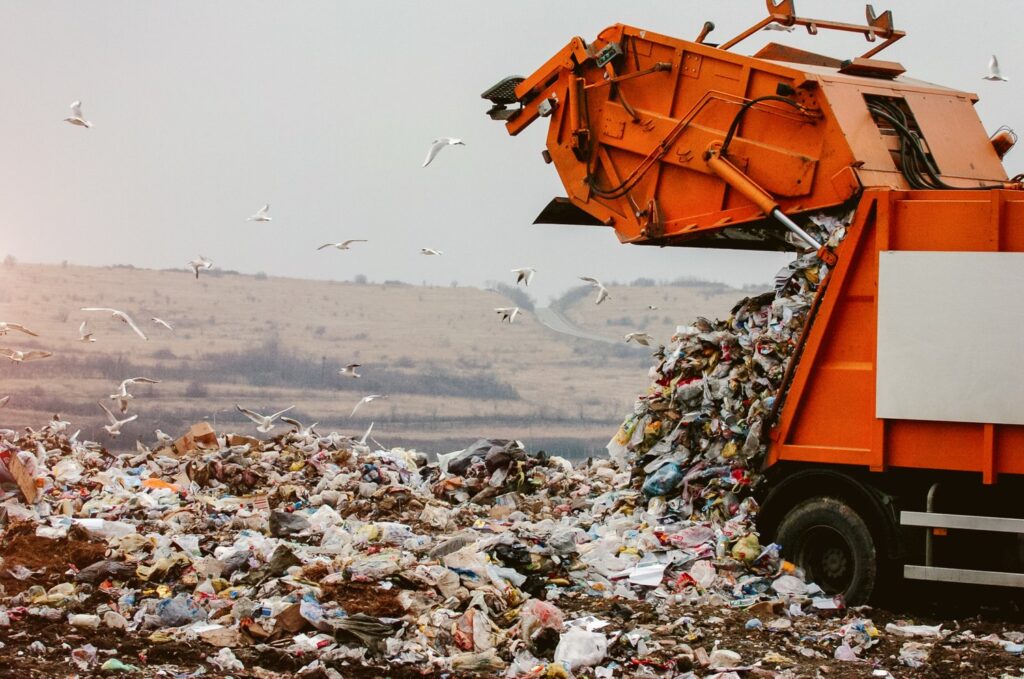How much single-use plastic is produced each year?
Since its introduction in the 1950s, plastic has woven itself into the fabric of our daily lives. But there’s a heavy price to pay.
With nearly 95% of single-use plastics in America winding up in landfills and our beautiful natural expanses, including oceans, the environmental impact is undeniable. Imagine two large trucks dumping plastic into the ocean every single minute. That’s over 30 billion pounds of plastic every year, and these plastics fragment into micro and nanoplastics that threaten ecosystems and human health.
According to a recent report by WWF, the environment is on track to see a staggering increase in plastic pollution. By 2030, it’s predicted that plastic contamination will surge by 100%, with an additional 104 million tons of waste being released into our ecosystems.
Yet, amidst this sobering backdrop, the global packaging market appears responsive to these challenges. A report from Mordor Intelligence has said the global packaging market’s projected growth is from USD 1.10 trillion in 2023 to a staggering USD 1.33 trillion by 2028, a robust CAGR of 3.94%.
Exploring Sustainable Solutions: A Deeper Dive
Aaron Guan, the Chief Executive Officer of Neptune Nanotechnologies, is making waves as an innovative entrepreneur intent on transforming the nanocrystal industry.
Enter Neptune Nanotechnologies, a beacon of hope in this crisis. With a focus on chitin nanocrystals derived sustainably from crab shells, this company promises a game-changer. These organic and biodegradable nanocrystals present an answer to the plastic problem, particularly in packaging.
Neptune’s innovation lies in its nanocrystals, offering unparalleled strength and environmental compatibility. Imagine a coffee tray, seemingly mundane in its daily use, having its strength more than doubled thanks to these nanocrystals. This is the power of Neptune’s sustainable innovation, applicable across many products.
Guan said, “We see chitin nanocrystals as platform technology or a physical additive with a broad appeal. The application potential is endless: plastics, composites, rubbers, coatings, adhesives, 3D printing, biomedical. We can also bring more performance and sustainability to all of these products mentioned.”
Eco-Innovation: Challenges and Successes
However, the road to sustainable solutions isn’t without its bumps. Regulatory challenges, the daunting costs of research and development, and the looming presence of established interests can prove formidable barriers. Moreover, real-world results need consistent validation to ensure long-term viability.
Yet, Neptune isn’t alone in this journey. Numerous startups are joining the green bandwagon, with investors keenly watching the sector. Cuantec, a pioneering startup focused on sustainable biopolymer-based packaging, has garnered over $4 million in funding. Using chitosan derived from fish waste, they’ve crafted eco-friendly bioplastics with anti-microbial features, offering a novel approach to combating plastic pollution.
The Future is Green and Gleaming
Looking ahead, as research intensifies and technology advances, the potential of such sustainable solutions only grows. Innovations like chitin nanocrystals hint at a world where the plastic menace recedes, replaced by eco-friendly, high-performance alternatives. For the keen investor, this sector promises not only lucrative returns but also a chance to be part of a movement reshaping our planet’s future.


